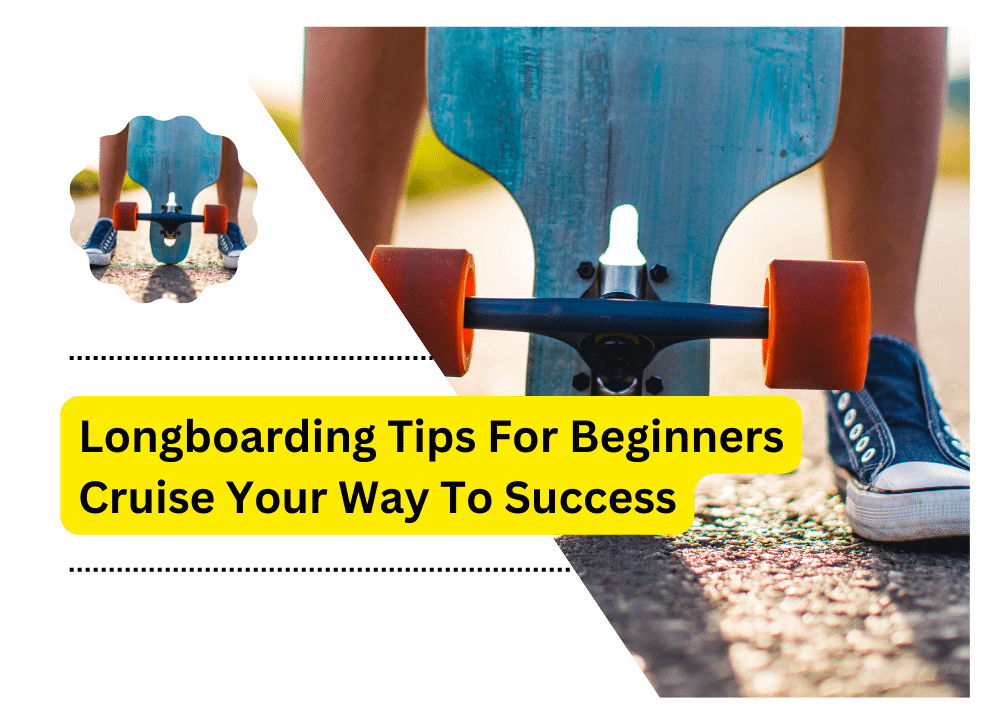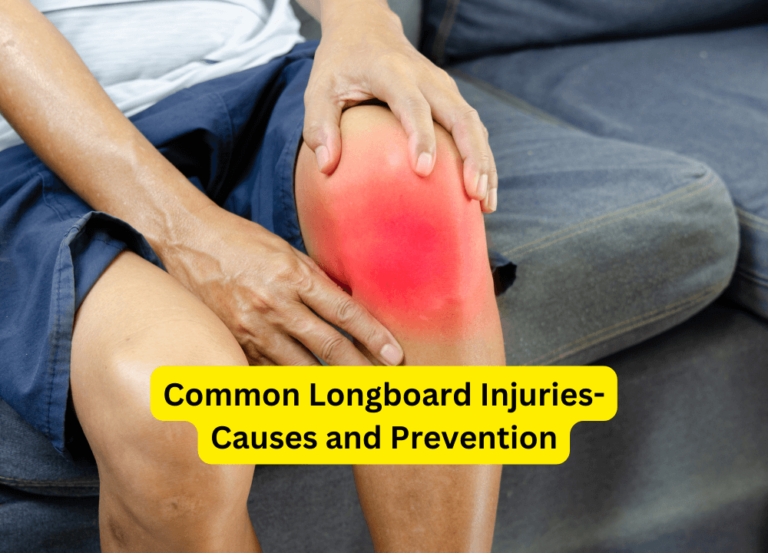Longboarding Tips For Beginners Cruise Your Way To Success

Are you a longboarding enthusiast or just getting started in the sport? Whether you’re a novice or an experienced rider, there are essential tips and tricks to remember when it comes to longboarding tips for beginners. After all, these guidelines help keep riders safe and help them reach their full potential on the board and enjoy the experience even more!
Best longboarding tips for beginners
To ensure you get the most out of your longboarding experience, here are some best longboarding tips for beginners to keep in mind:
1. Have Fun and Stay Safe
Above all else, safety should always come first when it comes to longboarding. Before hitting the pavement, please give yourself a few practice runs on the board and familiarize yourself with how it handles. Additionally, always come prepared with protective gear like a helmet and knee pads to minimize the risk of injury.
2. Master Proper Foot Placement
An essential aspect of longboarding is knowing how to properly place your feet on the board. Your front foot should be placed around the middle of the board, while your back foot should be slightly lower than your front foot. Doing so will help you keep your weight centered and give you better control of the board.
3. Learn to Carve
When it comes to longboarding, carving is a great way to increase speed and maneuverability while keeping your balance on the board. To do this, lean slightly into the turn as if pushing against a wall. This will help you make sharp turns while maintaining your footing.
4. Try Different Tricks
Why not get creative and try some tricks after mastering the basics? With practice, you can perform flips, slides, ollies, and other impressive stunts to show off your longboarding skills!
5. Make it Personal
Longboarding is a highly individualized experience, so don’t be afraid to make it your own! Find out what type of board you feel most comfortable on and customize it however you like. Whether that means adding new wheels or giving the deck a colorful paint job, making your ride unique is part of the fun.
6. Don’t Give Up
Longboarding can be difficult sometimes, and getting used to the board may take time. That being said, don’t give up if you feel like progress isn’t coming quickly enough — with persistence and practice, you’ll soon find yourself cruising down the streets in no time!
7. Pushing Your Limits
Once you feel comfortable and confident on your board, it’s time to start challenging yourself. To take your longboarding to the next level, find an empty parking lot and try some tricks and maneuvers you learned earlier. Or, for a more leisurely experience, explore new areas with your board — this is a great way to discover hidden gems in your city or town.
Longboarding is entertaining and rewarding, but it’s important to remember that safety should always come first. With these essential tips, you’ll have a thrilling time on the board! So grab your helmet and get ready for serious cruising.
Riding Terrain Variations
To become a proficient longboarder, you’ll need to be able to adapt your style and technique to different terrains. Each surface presents unique challenges, from smooth pavement and sidewalks to bumpy gravel roads. When riding in areas with uneven surfaces, try to keep your weight centered on the board and practice pumping the ground with your feet for extra speed and balance.
Troubleshooting Common Challenges
There are certain obstacles and challenges that all longboarders will face occasionally. For instance, effectively stopping your board without losing your balance is one of the most essential skills you’ll need. To do this, ease off your back foot pressure so you can slowly coast to a stop. Additionally, practice riding up or down small hills, as this can be difficult to master.
Connecting with the Longboarding Community
Getting involved in the community is essential to taking your longboarding skills to the next level! Connect with local longboarders who can provide valuable advice and tips for improving your technique. Additionally, attending events like races or group rides is a great way to meet new people and practice your skills in a safe and fun environment.
So what are you waiting for? Get out there and start longboarding with confidence! With the right attitude, gear, and tips, nothing can stop you from becoming an expert rider. Have fun, and stay safe on the roads!
FAQs
A: It’s important to always wear a helmet and any other appropriate safety gear when longboarding. Knee pads, elbow pads, and wrist guards can also benefit riders pushing their limits.
A: Keeping your board in top shape is vital for longboarding safety and performance. A well-maintained board should have clean, tight trucks and freshly lubricated bearings with tight nuts. Additionally, check the deck’s condition regularly to ensure it’s not warped or cracked.
A: Depending on your skill level and preferences, other accessories like gloves, slide gloves, or even mini ramps might be helpful. You can also keep a few spare parts in case of any unexpected malfunctions like broken wheels or a snapped deck.
A: Getting started in longboarding can be relatively easy with enough practice and dedication. If you follow the safety regulations, come prepared with the proper gear, and understand the basics of foot placement and carving, you can build your skills to become a proficient rider.
Final Thought
In addition to these longboarding tips for beginners, it’s also important to remember that longboarding is about having fun and pushing your boundaries. Don’t be afraid to take risks occasionally; this can be a great way to learn new tricks and practice different techniques. With the right attitude and dedication, you’ll soon find yourself taking on more challenging routes with ease! Have fun, and stay safe out there!






